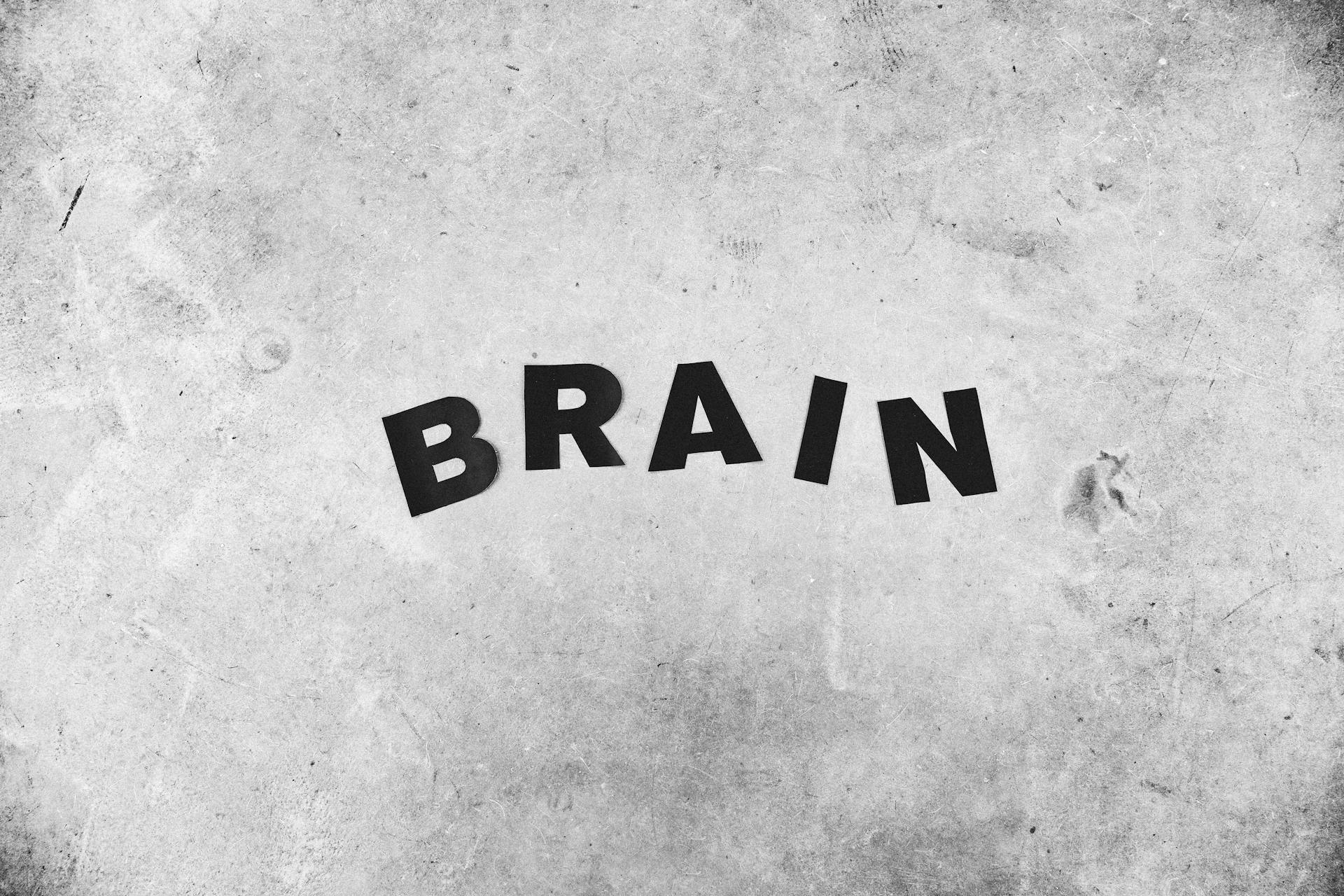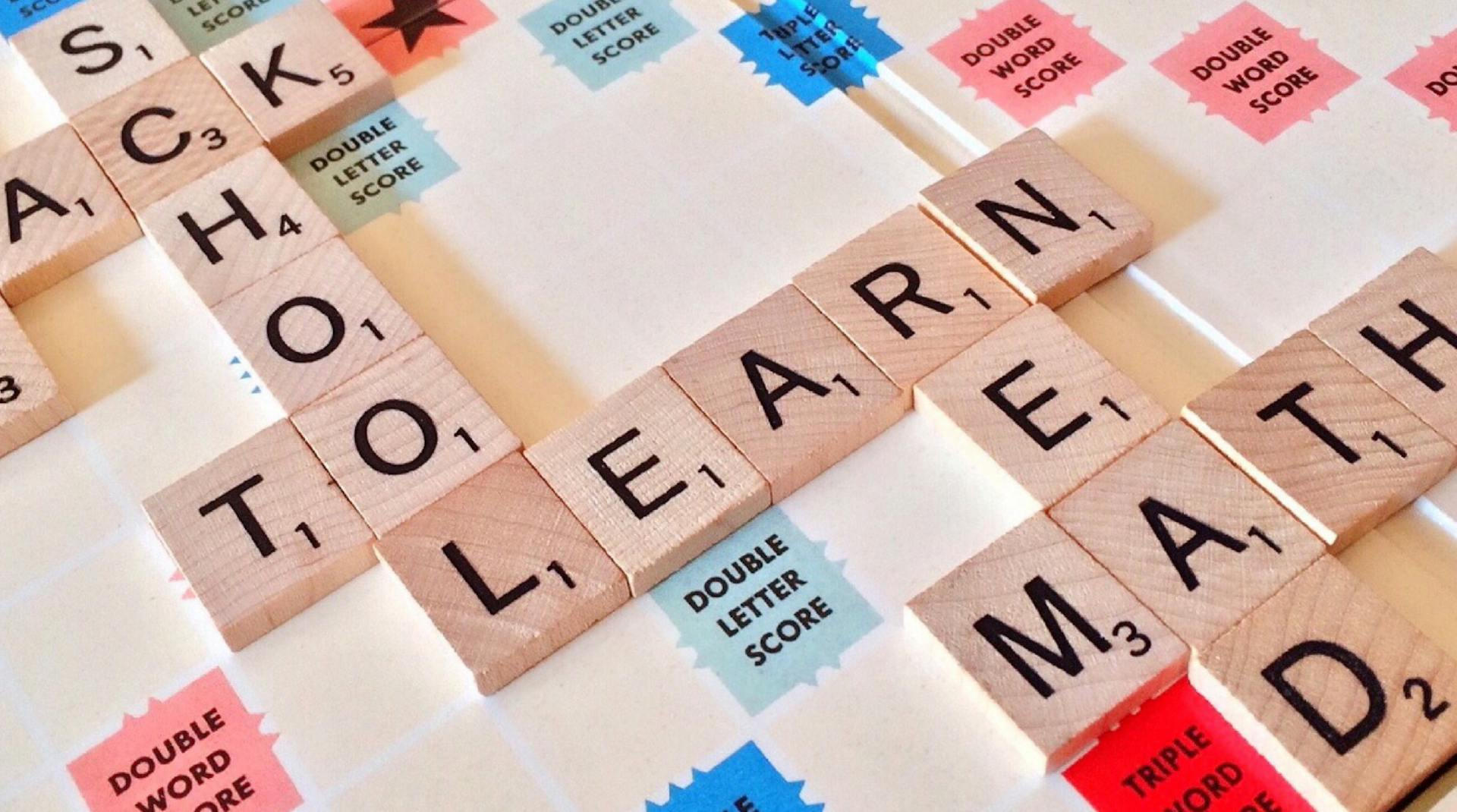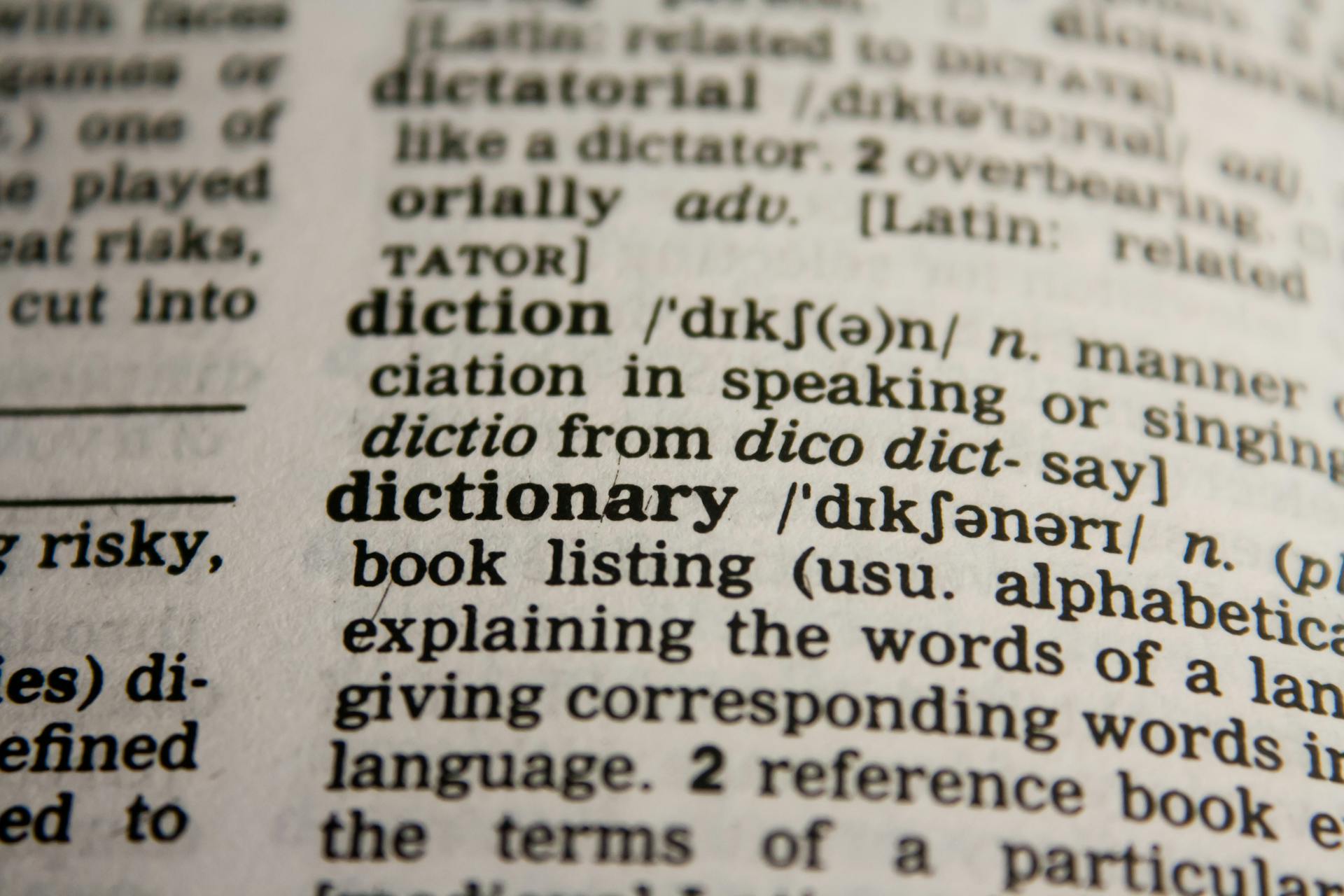
Learning English grammar tenses can be a daunting task, especially for non-native speakers. Understanding English tenses is crucial to communicate effectively and convey the intended meaning of your message. However, it's not impossible to master them quickly and easily with the right approach.
To make the process easier, we need to break down the complex rules into smaller, easier-to-understand chunks. This way, we can gradually build our knowledge and confidence in using these tenses correctly. So let's begin by exploring some essential concepts that will help you understand why disappearances past present tense is used in different situations and how you can apply this knowledge in your daily conversations.
Related reading: English Verb Tenses
Disappearances: Past, Present, and Future
Learning English grammar tenses is essential for effective communication in the English language. The basic tenses - past tense, present tense, and future tense - are the main types of tenses used to talk about actions that happen at an exact time or general statements. There are variations of simple tenses and continuous tenses that are closely linked to these three main types of tenses.
In this basic guide to English tenses, you'll start discovering how native English speakers use different tenses to effectively communicate in everyday situations. By watching English-language TV shows and other native English content with interactive captions, downloadable transcripts, post-video quizzes, and video-enhanced flashcards, you'll hear natural English spoken by native speakers.
The in-subtitle definition tells you what each word means while the grammar information explains why a particular tense is used. Whether it's talking about the past, present or future events or things that happen repeatedly over a period of time using perfect or continuous tenses, you will learn how to use them correctly in your speech and writing. So let's get started!
Expand your knowledge: Present Simple in English
1. Continuous Tenses
The word continuous means something that is ongoing or happening without interruption. In English grammar, the continuous tense is formed by adding an -ing ending to the verb, such as eating or speaking.
The continuous tense is used to describe a continuous action that is happening now, for example "I am currently reading this article". It can also be used to describe a past continuous action, like "I was reading this article when my phone rang late last night". Additionally, it can be used to describe a future continuous action, such as "I will be eating dinner at 7:00 tonight". The present continuous tense is also commonly used in everyday conversation, for example "You're drinking coffee" or "She's constantly crying about everything". Understanding and using the correct form of the continuous tense can greatly improve your English grammar skills and help you communicate more effectively.
2. Looking to the Future
Learning English grammar tenses may seem daunting, but don't worry – it's actually pretty simple once you get started. In fact, the future tense is one of the easiest to learn! All you have to do is add "will" before an unchanged verb, and voila – you're talking about something that hasn't happened yet.
Of course, there are slight differences between different future tenses. For example, if you want to talk about a specific time in the future (like when you'll be eating dinner or arriving at the train station), you'll need to use the future continuous tense with the -ing form of your verb. But even this is just a small variation on the basic formula of adding "will" before your verb. And once you've got that down pat, you'll be able to confidently make plans for not just next week or next year, but even ten years into the future!
For more insights, see: English Language Subject Verb Agreement
Different Ways to Express Time in English

One of the most essential elements of learning English grammar tenses is understanding how to express time correctly. In English, there are several ways to convey the different times, and one must know them all to create grammatically correct sentences. We will discuss some significant ways of expressing time in English below.
The base form of a verb typically represents an action that is yet to happen. For example, "I will eat dinner tonight." The past tense is used for events or actions that have already occurred in the past, and it's represented by adding "-ed" to regular verbs. For instance, "I walked to the store yesterday." However, for irregular verbs, they have a unique past tense form such as "go" becomes "went." Past participle, on the other hand, describes an action that occurred and got completed before another event.
Present participle denotes actions happening at present or continuous actions that started in the past and might continue into the future. For example, "I am eating dinner right now," or "She has been singing since morning." Knowing these four parts of speech - base form, past tense, past participle and present participle - can help you communicate effectively with others while speaking or writing in English.
Here's an interesting read: English Modal Verbs
Understanding the Different Forms of English Grammar Tenses
Are you confused about when to use the present tense, past tense or future tense in English? Let's learn more about these tenses and how to use them correctly.
The present tense is used when referring to actions happening right now or regularly. For example, "I am eating breakfast" or "She always walks her dog in the morning." The past tense is used to talk about actions that have already happened, such as "I watched a movie last night" or "They went on vacation last year." Finally, the future tense is used when talking about actions that will happen in the future, like "I will study for my exam tomorrow" or "We are going to visit Paris next month."
It's important to note that each of these tenses can be broken down into further detail individually. For example, the present tense can be divided into simple present (e.g. "I play soccer") and present continuous (e.g. "I am playing soccer"). Understanding these distinctions can help you communicate more clearly and effectively in English. So let's keep practicing and mastering these different forms of grammar tenses!
Discovering the Basics: Understanding Verb Tense

Understanding verb tenses is essential when learning English grammar. The main verb tenses are past, present, and future. These tenses show us when the action occurred or will occur. However, there are additional aspects that give extra details about when and how the actions happened.
The simple tense (also called the basic or present tense) is used to describe current or ongoing actions. The perfect tense is used to describe an action that has already happened in the past. The continuous tense describes an ongoing action that is happening right now. Lastly, the perfect continuous tense describes a continuous action that began in the past and continues up until now. By understanding these grammatical aspects of verb tenses, you can better communicate your ideas and thoughts accurately in English.
Exploring the Different Verb Tenses in English
As we learn English grammar tenses, it's important to understand that there are different types of tenses. The standard tense is the present tense which refers to actions happening right now or regularly. For example, "I am eating breakfast" or "She works at a bank."
The root form of a verb is used for all present and future tenses, while the past tense uses the past participle form of the verb. There are also future tenses which use modal verbs like "will" and "shall". Adding additional details such as adverbs and adjectives can make the sentence more descriptive. The continuous tense shows an action in progress, such as "I am sleeping" or "They were running." By understanding these different verb tenses, we can communicate effectively in both past and present situations.
1. Past, present, and future tenses
The three central divisions of English grammar tenses are past, present, and future. The present tense represents actions that are currently happening or ongoing. The past tense represents actions that happened earlier, while the future tense describes actions that will happen at some point in the future.
It's important to master all three tenses to be able to communicate effectively in English. Understanding when to use each tense can make a big difference in how you convey your thoughts and ideas. So whether you're writing an essay or having a conversation with someone, knowing when to use past, present or future tenses is crucial for clear communication.
Frequently Asked Questions
How can I kick start my grammar learning journey?
To kick start your grammar learning journey, start by identifying your weaknesses, review basic grammar rules, and practice regularly. Consider using online resources or taking a course to supplement your learning.
What is the proper use of verb tenses?
The proper use of verb tenses is to indicate the time frame in which an action takes place. It is important to choose the correct tense to accurately convey the intended meaning of a sentence. Incorrect verb tenses can cause confusion and misunderstandings.
What are the different verb tenses?
The different verb tenses are past, present, and future. Each tense indicates the time at which an action took place or will take place in relation to the present moment.
What are some examples of sentences using verbs?
Sentences using verbs include "I run every morning," "She sings beautifully," and "He reads a book before bed." Verbs are essential components of sentences as they indicate the action or state of being.
What are the 12 verb tenses?
The 12 verb tenses are past, present, and future with four subcategories each: simple, progressive, perfect, and perfect progressive. These tenses allow for precise communication about when an action occurred or will occur in relation to the speaker or another point in time.
Featured Images: pexels.com


